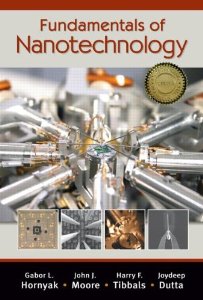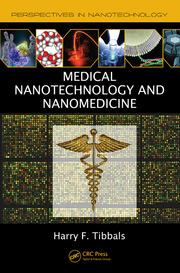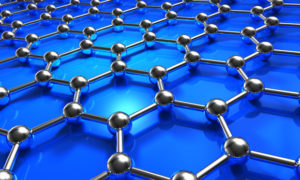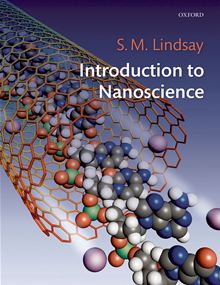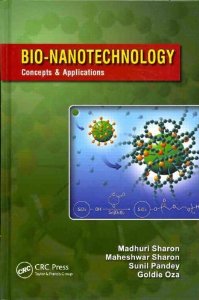In the near future, ScanTech Technical Consulting is moving into the realm of nanotoxicology surveys and consulting for analyzing the health impact of new nanomaterials that exist or will be produced in the near future to be incorporated in many modern manufactured products. We are currently partnering with labs that are able to analyze important characteristics such as particle size, surface area to volume ratio, charge, geometry, aspect ratio, etc. in order to determine potential biological impact.
It requires a unique interdisciplinary background to perform this type of work as it melds together the fields of nanoscience, physics, human physiology, toxicology and industrial hygiene.
Furthermore, it is important to stay up with the latest research as there is very little long term epidemiological data for materials that incorporate nanoparticles, so the possible effects on workers and consumers are not well established and in many cases can only be inferred by analogous scenarios, in vitro experiments, and a good grounding in biophysics.
ScanTech Technical Consulting has this background with details found here:
http://www.scantech7.com/emf-indoor-air-quality-testing-esd-radiation-emi-biomedical-implant-pacemaker-survey-credentials-certification-certified/

